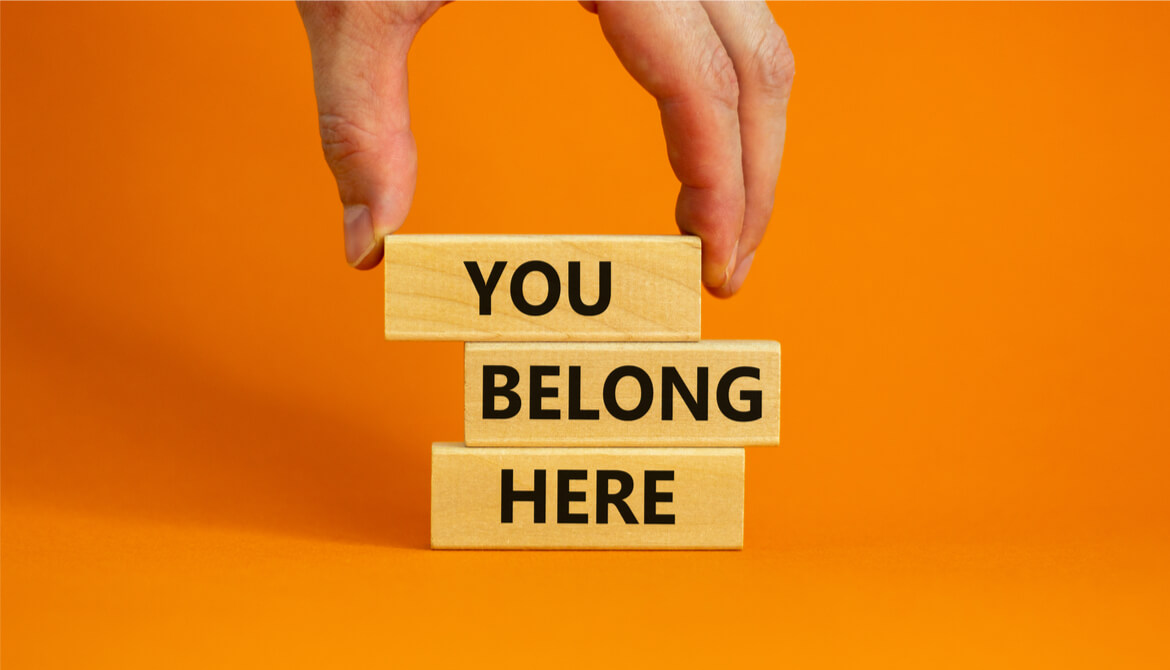3 minutes
Start at the top; leverage employee resource groups; and reach out to your community.
The “I” in DEI stands for inclusion, and it comes third in most people’s use of the acronym describing diversity, equity and inclusion. But in actuality, when it comes to workplace matters, that “I” is just as important as the letters that precede it.
“Sometimes people ask, ‘Do you hire first for diversity, or should you focus on the inclusion piece first?’” says CUES member Dionne R. Jenkins, VP/diversity and inclusion at $2 billion Tennessee Valley Federal Credit Union, based in Chattanooga, Tennessee. “I advise focusing on inclusion first because you want to create a culture where people feel valued for who they are and feel comfortable in bringing their diverse perspectives to the table. Once you create that culture, your organization will be more likely to attract diverse people through word-of-mouth.”
Even more importantly, Jenkins adds, those diverse candidates will feel more accepted in an inclusive environment and be more likely to stay.
Inclusion Starts at the Top
Creating an inclusive environment starts at the very top of the organization, says Anne-Marie Pham, MPA, executive director of the Canadian Centre for Diversity and Inclusion, Toronto. “Hence the need to coach leaders to make sure that they are using inclusive language, that they know how to create safe spaces for conversations, and that they understand the need to start unlearning potential biases that in the past may have created instances of exclusion. Once you have that commitment from the top, recruiting and hiring people of diverse backgrounds will become easier.”
Helpful ERGs
$1.1 billion Seattle Credit Union helps employees find a greater sense of inclusiveness by offering them the opportunity to participate in employee resource groups. “For instance, I’m a member of the LatinX ERG,” says President/CEO Richard Romero, a CUES member and secretary of the board of directors of CUES. “We also have a Black ERG named the Black Banking Network, an AAPI (Asian-American Pacific Islander) ERG and a Pride ERG for employees who identify as LGBTQIA+.”
Romero adds that ERGs give employees a safe environment for talking about matters of importance to them. “First and foremost, these groups give people an opportunity to be themselves and to talk about issues that relate to who they are. Because you’re talking within a group of people who have empathy to what you’re going through or what your experiences are, being in an ERG gives you a common bond.”
These groups also have been very effective about bringing up issues that need to be addressed by the organization, Romero says. “So, as an example, in our LatinX ERG, we talked about needing translated documents for Spanish-speaking members, and that was pushed up through the organization to make sure that we’re working on translating documents.”
Inclusion in the Community
Pham also stresses the importance of being inclusive in your service to the community.
“Inclusion is a choice,” she says. “An organization has the choice to commit resources, time and people to review their systems, their policies, their processes, their training, their programs, the products and services that they offer to an increasingly diverse customer base. And that requires an additional level of commitment and accountability at the organizational level.”
Based in Missouri, Diane Franklin is a longtime contributor to Credit Union Management magazine.





